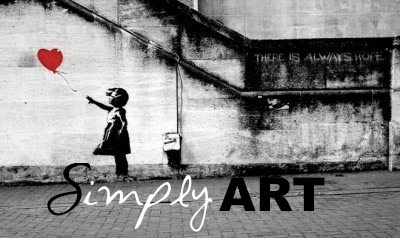Nevermind the music from today, surge into the music from your past, what you used to listen to when you were younger, wether that means that it was twenty, thirty or even forty years ago, doesn’t it bring something back, doesn’t it make you feel alive again?
Montreal’s Fine Arts Museum retrospective on Miles Davis, starting on April 30th up to August 29th, is quite something to go through, it is an experience of mixed medias. There is music and visual arts combined such as pictures of Miles Davis by Irving Penn or Anton Corbjin and paintings by famous Jean-Michel Basquiat. Though, a third ingredient is added to the pot by the spectators themselves. They include an element of remembrance. Good memories are added as to create something moving, filled with joy and energy. The whole exhibition space becomes a time machine.
At the beginning, I wasn’t sure what to expect from this retrospective. How is mixing music with visual arts going to be comprehensible and linkable for the viewers. As I walked from room to room, I realized that for most of them, truly understanding both influences on one another wasn’t the point. The whole point of going to see “We Want Miles” is because the did indeed want some Miles back in their lives.
At one point, getting tired of walking around without a moment’s rest, I decided to sit for a bit. Next to me was a grown up couple. The husband was dark skinned and the wife white. I couldn’t help to overhear what they were saying. While listening to “Boplicity” from the album “The birth of the Cool”, the couple was talking about how they met in a café to this song. They were quietly singing the song together and smiling to each other, both filled with emotions and pleasing memories from their past. This scene truly moved me as I realized that these people were here to enjoy a bit of music, see a few pictures, learn a bit more about the man, and have a good time. Some people were singing. Others were dancing to the music. Some others were even mimicking as though they were playing the trumpet. It was a wonderful thing to see all these people, old and young alike, appreciate the music they used to listen to when they were young or that their grand father used to make them listen. Moreover, for anyone who didn’t know Miles Davis beforehand, he would get a sense of the greatness of the man for his power of inspiration in people and his ability to put generations together with his melody. At the oppening night, Marcus Miller, Davis’s ex-bass player himself was present. Walking for several hours in the museum’s retrospective, he demonstrated that the remembrance of the epoch was the important aspect of the exposition. Immersing oneself in what used to be the glorious days of jazz, blues and Miles Davis
Furthermore, the general construction of the retrospective was well done. Categorizing all the different musical genres invented by Miles Davis was one of their well achieved tasks. It explains the going from blues to bepop to jazz cool up to his more rocky-electrical musical creations. This gave the amateur viewers a comprehension of the musical genius of the man, and to the more connoisseur viewers something to remember. A particular work in the retrospective that really impressed me was his musical creation for the French movie director Louis Malle. Indeed, for his movie of 1958 called “l’Ascensceur pour l’Échafaud” (Elevator to the Gallows), Malle asked Davis to create the music for his movie. The musician was placed in front of a screen with the movie rolling. He improvised the music in one shot, all based on his impression of the images. It may sound very easy to do, just play whatever and it will sound good. Not quite. It requires to be very sensitive and really understand the meaning of an image in order to extract it and transform it in sound. It is almost indescribably challenging. That whole improvisation by Davis made me think of Andy Warhol who somehow would do the same thing. In his “factory” he would put songs on replay like “Satisfaction” by the Rolling Stones and therefore get a general ambiance for the creation of his visual works. So, just as Warhol created images out of sound, Davis created music out of images. They both felt and expressed what they perceived from these mediums. As Miles Davis put it himself: “Music is a painting that we can hear, Painting is a music that we can see”.
If you plan on going to the retrospective, and I hope you will, I nevertheless recommend to go with a lot of time ahead of yourself. Take the time to really appreciate what the curators have built, but also how people around you react to the expo, hopefully, you will as well find an old couple remembering themselves of the times of the great Miles Davis with a big “we want some more Miles” expression on their faces.
Below is the video of Davis improvising the music for Malle’s movie “Ascensceur pour l’Échafaud” based on the images showed to him. Keep in mind it’s all improvised, no partition.


No comments:
Post a Comment